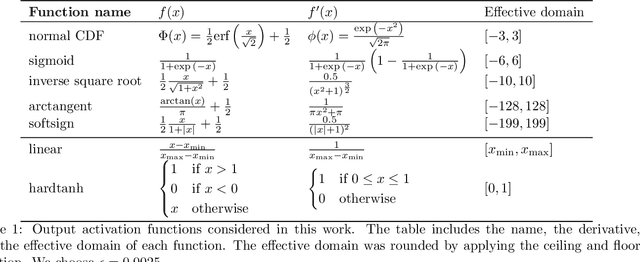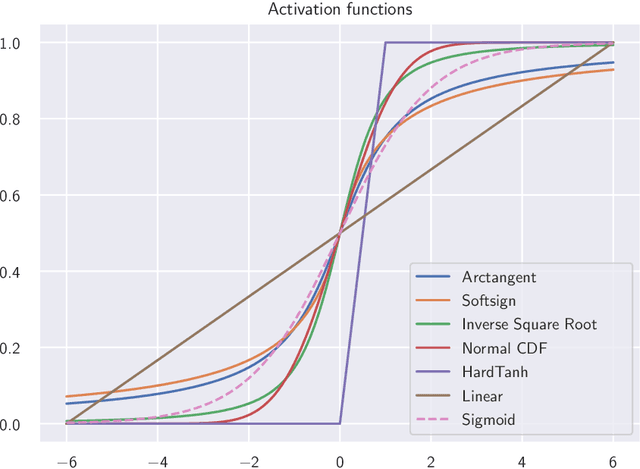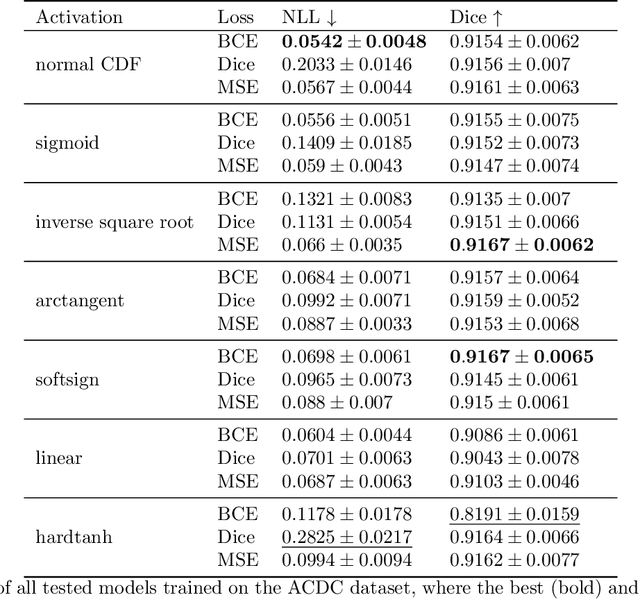Lars Nieradzik
Reliable Evaluation of Attribution Maps in CNNs: A Perturbation-Based Approach
Nov 22, 2024Abstract:In this paper, we present an approach for evaluating attribution maps, which play a central role in interpreting the predictions of convolutional neural networks (CNNs). We show that the widely used insertion/deletion metrics are susceptible to distribution shifts that affect the reliability of the ranking. Our method proposes to replace pixel modifications with adversarial perturbations, which provides a more robust evaluation framework. By using smoothness and monotonicity measures, we illustrate the effectiveness of our approach in correcting distribution shifts. In addition, we conduct the most comprehensive quantitative and qualitative assessment of attribution maps to date. Introducing baseline attribution maps as sanity checks, we find that our metric is the only contender to pass all checks. Using Kendall's $\tau$ rank correlation coefficient, we show the increased consistency of our metric across 15 dataset-architecture combinations. Of the 16 attribution maps tested, our results clearly show SmoothGrad to be the best map currently available. This research makes an important contribution to the development of attribution maps by providing a reliable and consistent evaluation framework. To ensure reproducibility, we will provide the code along with our results.
WoodYOLO: A Novel Object Detector for Wood Species Detection in Microscopic Images
Nov 18, 2024Abstract:Wood species identification plays a crucial role in various industries, from ensuring the legality of timber products to advancing ecological conservation efforts. This paper introduces WoodYOLO, a novel object detection algorithm specifically designed for microscopic wood fiber analysis. Our approach adapts the YOLO architecture to address the challenges posed by large, high-resolution microscopy images and the need for high recall in localization of the cell type of interest (vessel elements). Our results show that WoodYOLO significantly outperforms state-of-the-art models, achieving performance gains of 12.9% and 6.5% in F2 score over YOLOv10 and YOLOv7, respectively. This improvement in automated wood cell type localization capabilities contributes to enhancing regulatory compliance, supporting sustainable forestry practices, and promoting biodiversity conservation efforts globally.
Top-GAP: Integrating Size Priors in CNNs for more Interpretability, Robustness, and Bias Mitigation
Sep 07, 2024



Abstract:This paper introduces Top-GAP, a novel regularization technique that enhances the explainability and robustness of convolutional neural networks. By constraining the spatial size of the learned feature representation, our method forces the network to focus on the most salient image regions, effectively reducing background influence. Using adversarial attacks and the Effective Receptive Field, we show that Top-GAP directs more attention towards object pixels rather than the background. This leads to enhanced interpretability and robustness. We achieve over 50% robust accuracy on CIFAR-10 with PGD $\epsilon=\frac{8}{255}$ and $20$ iterations while maintaining the original clean accuracy. Furthermore, we see increases of up to 5% accuracy against distribution shifts. Our approach also yields more precise object localization, as evidenced by up to 25% improvement in Intersection over Union (IOU) compared to methods like GradCAM and Recipro-CAM.
Challenging the Black Box: A Comprehensive Evaluation of Attribution Maps of CNN Applications in Agriculture and Forestry
Feb 18, 2024Abstract:In this study, we explore the explainability of neural networks in agriculture and forestry, specifically in fertilizer treatment classification and wood identification. The opaque nature of these models, often considered 'black boxes', is addressed through an extensive evaluation of state-of-the-art Attribution Maps (AMs), also known as class activation maps (CAMs) or saliency maps. Our comprehensive qualitative and quantitative analysis of these AMs uncovers critical practical limitations. Findings reveal that AMs frequently fail to consistently highlight crucial features and often misalign with the features considered important by domain experts. These discrepancies raise substantial questions about the utility of AMs in understanding the decision-making process of neural networks. Our study provides critical insights into the trustworthiness and practicality of AMs within the agriculture and forestry sectors, thus facilitating a better understanding of neural networks in these application areas.
Automating Wood Species Detection and Classification in Microscopic Images of Fibrous Materials with Deep Learning
Jul 24, 2023



Abstract:We have developed a methodology for the systematic generation of a large image dataset of macerated wood references, which we used to generate image data for nine hardwood genera. This is the basis for a substantial approach to automate, for the first time, the identification of hardwood species in microscopic images of fibrous materials by deep learning. Our methodology includes a flexible pipeline for easy annotation of vessel elements. We compare the performance of different neural network architectures and hyperparameters. Our proposed method performs similarly well to human experts. In the future, this will improve controls on global wood fiber product flows to protect forests.
Effect of the output activation function on the probabilities and errors in medical image segmentation
Sep 02, 2021



Abstract:The sigmoid activation is the standard output activation function in binary classification and segmentation with neural networks. Still, there exist a variety of other potential output activation functions, which may lead to improved results in medical image segmentation. In this work, we consider how the asymptotic behavior of different output activation and loss functions affects the prediction probabilities and the corresponding segmentation errors. For cross entropy, we show that a faster rate of change of the activation function correlates with better predictions, while a slower rate of change can improve the calibration of probabilities. For dice loss, we found that the arctangent activation function is superior to the sigmoid function. Furthermore, we provide a test space for arbitrary output activation functions in the area of medical image segmentation. We tested seven activation functions in combination with three loss functions on four different medical image segmentation tasks to provide a classification of which function is best suited in this application scenario.
 Add to Chrome
Add to Chrome Add to Firefox
Add to Firefox Add to Edge
Add to Edge